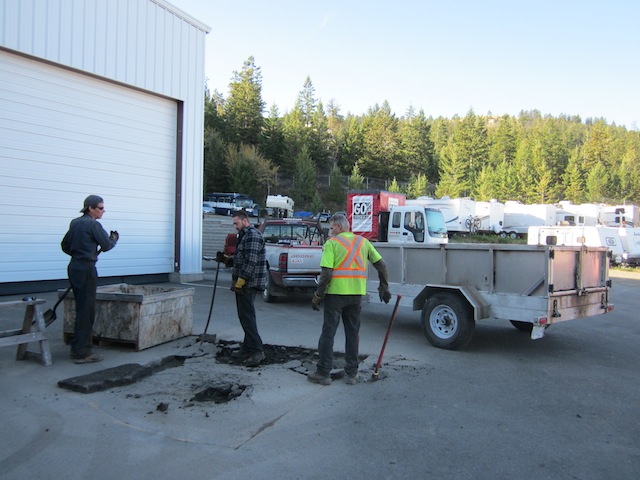In today’s construction landscape, geotextile screws have become indispensable tools, especially in projects where stability and durability are paramount. These innovative fasteners provide a reliable method for anchoring geotextile fabrics, offering enhanced reinforcement and erosion control. In this article, we delve into the intricacies of geotextile screws, addressing common questions and highlighting their benefits in geotechnical applications.

What are geotextile screws, and how do they work?
Geotextile screws are specialized fasteners designed to secure geotextile fabrics to various surfaces such as soil, concrete, or timber. Featuring a durable screw body with a wide head, they offer ample surface area for gripping the fabric securely. The screw threads penetrate the geotextile and embed into the underlying substrate, creating a strong and reliable connection that resists pull-out forces.
What are the advantages of using geotextile screws over traditional anchoring methods?
Geotextile screws offer several advantages over traditional methods, including:
- Enhanced Stability: Their design ensures superior stability and resistance to displacement, even in challenging soil conditions.
- Time and Cost Efficiency: They can be installed quickly and economically compared to labor-intensive methods like trenching or chemical adhesives, reducing project timelines and costs.
- Versatility: They can be used in various applications, from slope stabilization and erosion control to retaining wall construction and landscaping projects.
- Longevity: Their robust construction ensures long-term performance and durability, minimizing the need for maintenance or replacement.
How are geotextile screws utilized in geotechnical applications?
Geotextile screws find widespread use in various geotechnical applications, including:
- Soil Stabilization: Preventing erosion and promoting vegetation growth.
- Retaining Wall Construction: Enhancing structural integrity and stability.
- Landscaping and Hardscaping: Securing barriers for weed control and moisture retention.
- Erosion Control: Mitigating erosion and sedimentation on slopes, riverbanks, and shorelines.
What considerations should be taken into account when selecting geotextile screws for a project?
Factors to consider include:
- Soil Conditions: Different soils may require specific screw designs or lengths.
- Load Requirements: Anticipated loads and stresses on the geotextile system.
- Environmental Factors: Exposure to moisture, chemicals, or extreme temperatures.
- Installation Method: Compatibility with available equipment and installation methods.
Geotextile screws offer a versatile and efficient solution for anchoring geotextile fabrics in various geotechnical applications. Their robust design, ease of installation, and long-term performance make them indispensable for enhancing infrastructure stability and longevity. By understanding their benefits and considering key factors during selection, engineers and contractors can maximize the effectiveness of geotextile screws in critical projects, ensuring sustainable and resilient infrastructure development.